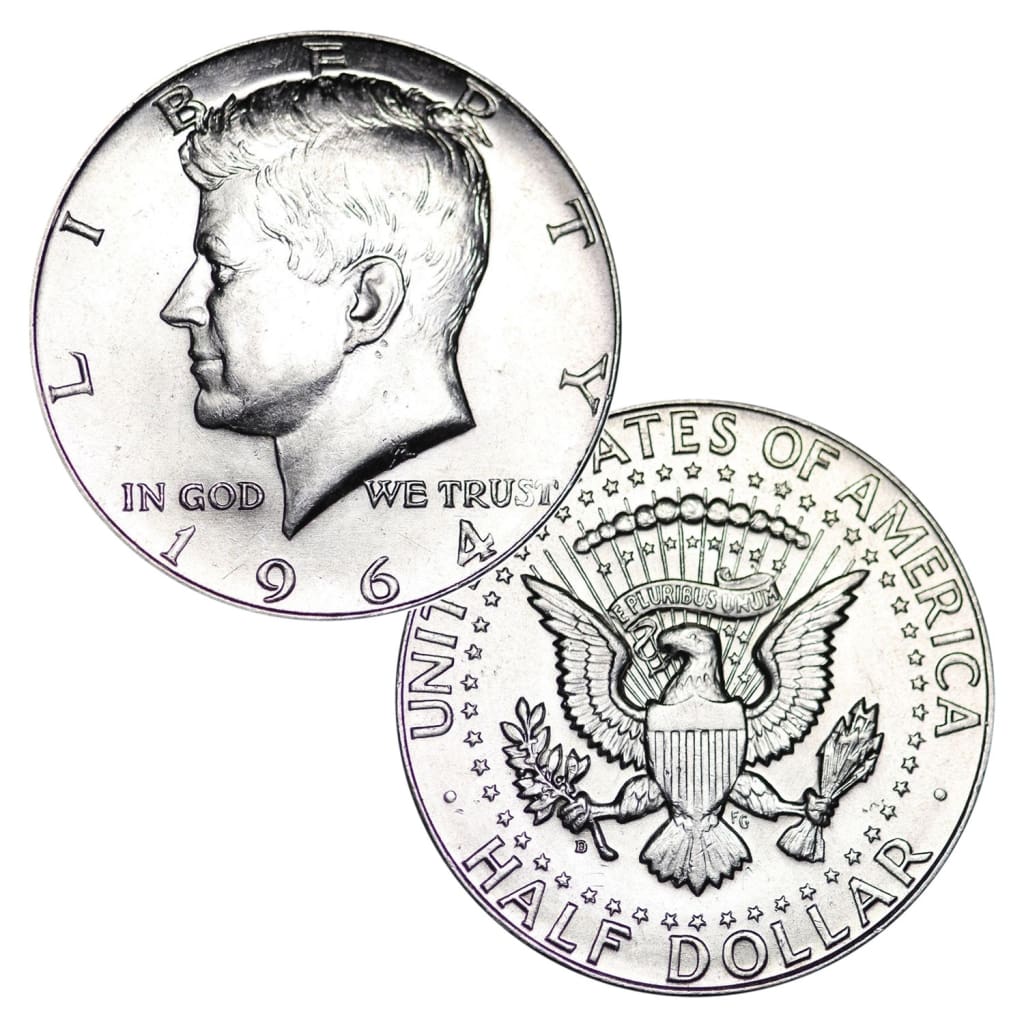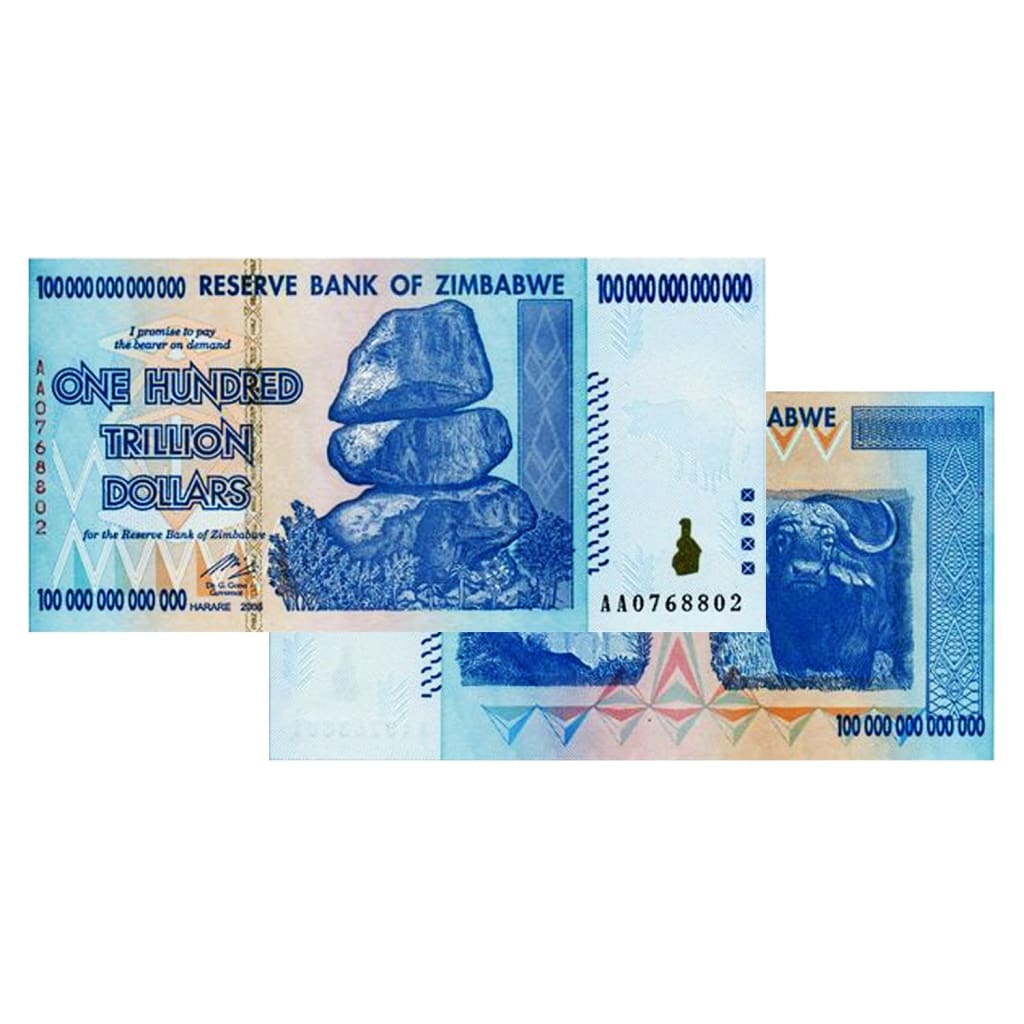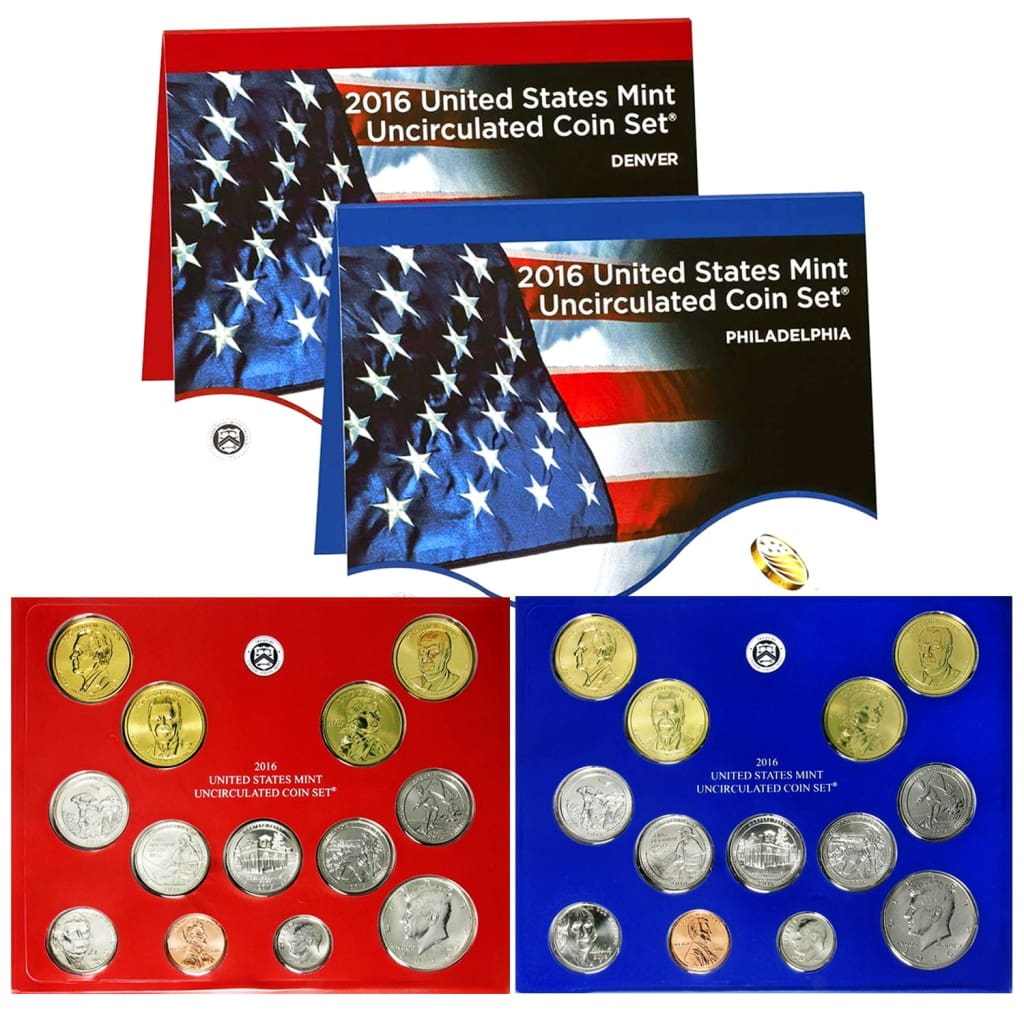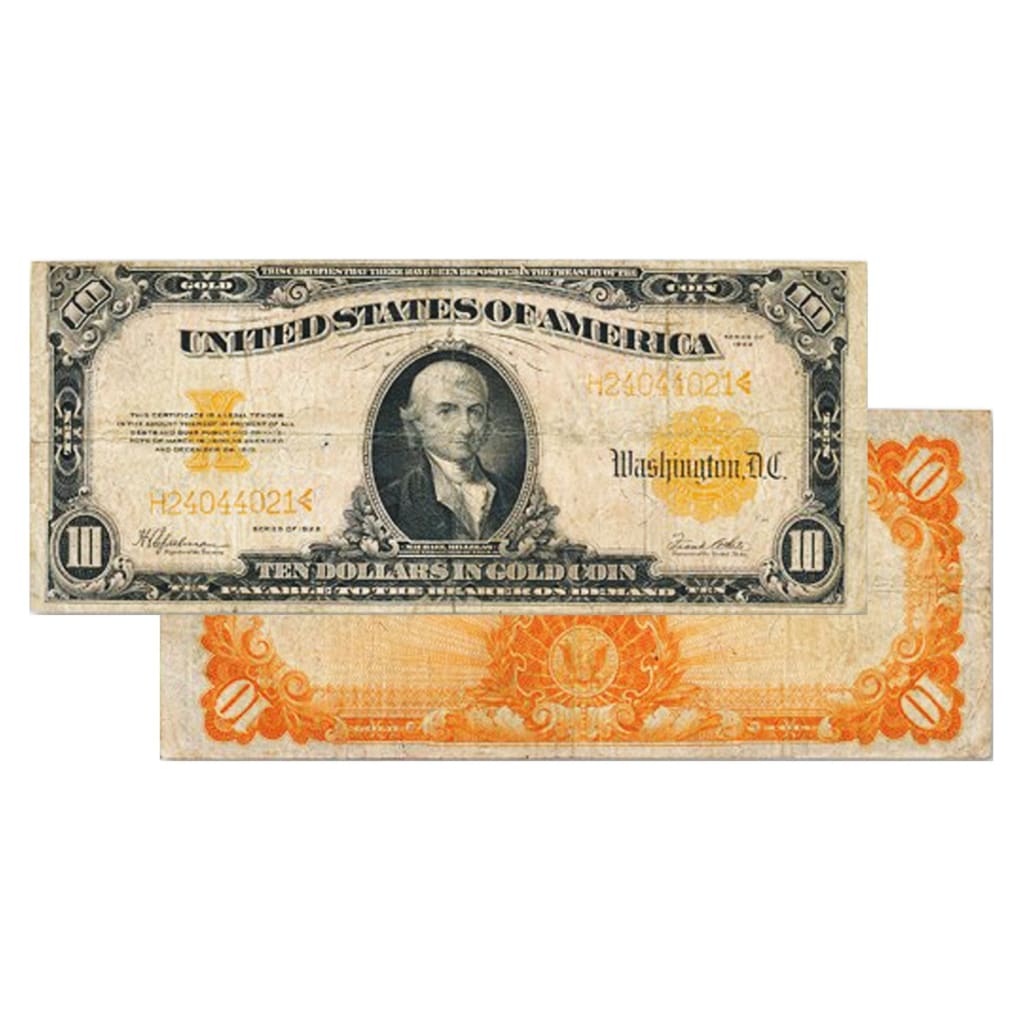The two factors that most influence a coin’s collectible value are rarity and condition. It’s relatively easy to find some of the older coins, and many collectible coins have been kept in excellent condition by their owners. When both come together, a coin can command a very high price, indeed. And when a collector is building a collection of a particular type or period of coin, those hard-to-find examples are known as “key dates,” the rarest coins in the collection.
There are several factors that go into making a key date coin. They include:
Initial Mintage
The treasury estimates the number of individual coins that will be needed to supply the market in a given year. If a coin is in high demand, millions will be minted; in other years, there may be enough in circulation to meet demand, so no new coins are made. This is particularly true with larger denomination coins such as dollars and half dollars.
Even in years where the total mintage was high, design changes have meant that lower quantities were made of a particular coin type. For instance, in 1916, the design of dimes and quarters were changed, as were 1921 dollars and 1936 nickels. This often results in low mintages of both the old and new designs in the year the change is made.
Survival Rate
You might expect that the older a coin, the fewer will still be around, but that’s not always the case. While a low initial mintage may result in only a few of a particular coin surviving in good condition, other factors come into play, too.
For instance, there were coin collecting booms in the 1930s and 1950s, so when collectors learned of a low mintage, they would hoard uncirculated rolls of that coin. As a result, low mintage coins like the 1931 Lincoln cent don’t show nearly the grade price differential that is common with other coins.
On the other hand, several coins that were widely produced are quite rare because their gold or silver value far exceeded their face value. This has caused millions of coins to be taken out of circulation and melted for their bullion value. And this isn’t limited to early coins; while gold coins were discontinued and recalled in 1933, high levels of silver were present in coins well into the 1960s, and at today’s silver prices, most are worth at least ten times their face value. Even copper and nickel prices are rising. Will they be next?
Condition
Coin collecting didn’t become widespread in the US until the late 1800s, so very few new coins were saved and stored safely. That makes high-grade coins earlier than then rarer, meaning that even a single grade point can make a major difference in a coin’s collectible value.
Demand
Let’s face it, some coins are just more popular than others. Vintage gold and silver coins are among the most sought-after, but pennies and discontinued denominations—two-cent and three-cent coppers, for instance—are also widely collected. Quarters and dimes have always been popular, too, and the issue of the states series quarters has caused renewed interest in quarter collecting. Collectors can be fickle, so changes in demand can affect prices, but key date coins are always favorites.
Finding Key Dates
Nearly every US coin made has a key date or dates. If you’re interested in what they are (and how much they cost), they’re easy to find on the internet. Just search for a particular coin and add “key dates” to the search terms. Here’s an example for the Mercury dime.





